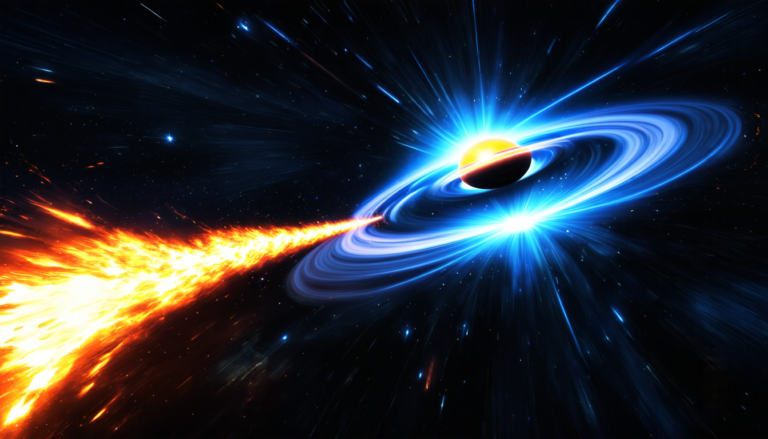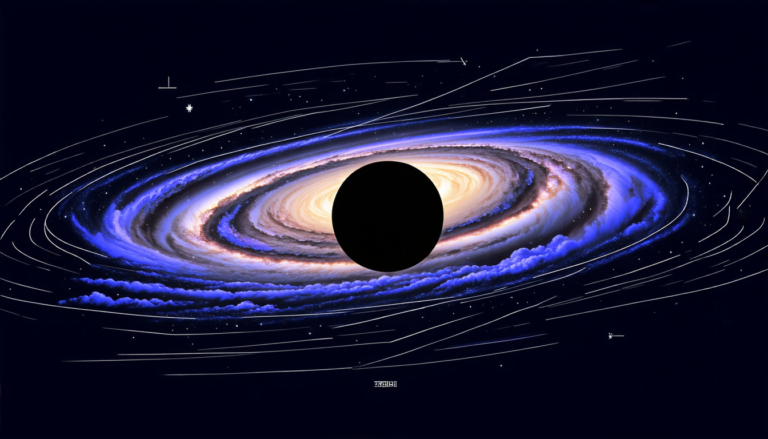Wednesday 26 March 2025
A fascinating study has shed new light on the behavior of Foucault pendulums, those mesmerizing devices that demonstrate the rotation of the Earth. By analyzing the intricate dance of these pendulums, researchers have uncovered a complex interplay between two fundamental forces: Coriolis precession and Airy precession.
For the uninitiated, a Foucault pendulum consists of a massive weight suspended from a long wire, allowing it to swing freely in response to gravity. As the Earth rotates beneath it, the pendulum’s plane of oscillation appears to rotate as well, due to the Coriolis force. This phenomenon was first observed by French physicist Leon Foucault in 1851 and has since become a staple of science museums and educational institutions.
However, researchers have long known that the Coriolis precession is not the only force at play. The pendulum’s motion is also influenced by Airy precession, a subtle effect caused by the slight ellipticity of the Earth. This phenomenon was first described by George Airy in 1851 and has been largely overlooked until now.
Using advanced mathematical models and computer simulations, researchers have been able to isolate and study the individual effects of Coriolis and Airy precessions on the pendulum’s motion. The results are nothing short of astonishing. By carefully adjusting the length and amplitude of the pendulum’s swing, it is possible to manipulate the relative strengths of these two forces and create a wide range of fascinating phenomena.
For example, by releasing the pendulum at just the right angle, researchers were able to create a situation where Coriolis precession dominated, causing the pendulum to rotate in a consistent direction. Conversely, by adjusting the amplitude and length of the swing, they could create situations where Airy precession took over, resulting in unpredictable and chaotic motion.
These findings have significant implications for our understanding of the Earth’s rotation and the behavior of complex systems. By studying the intricate interplay between Coriolis and Airy precessions, researchers hope to gain a deeper insight into the underlying mechanics of these phenomena and potentially develop new technologies that can harness their power.
In addition to its scientific significance, this research has also sparked the imagination of scientists and non-scientists alike. The ability to manipulate and control the pendulum’s motion using advanced mathematical models is a testament to human ingenuity and our capacity for creative problem-solving.
Cite this article: “Unraveling the Dance of Foucault Pendulums: A Study on Coriolis and Airy Precessions”, The Science Archive, 2025.
Foucault Pendulum, Coriolis Force, Airy Precession, Earth Rotation, Pendulum Motion, Science Museum, Educational Institution, Mathematical Model, Computer Simulation, Chaos Theory







